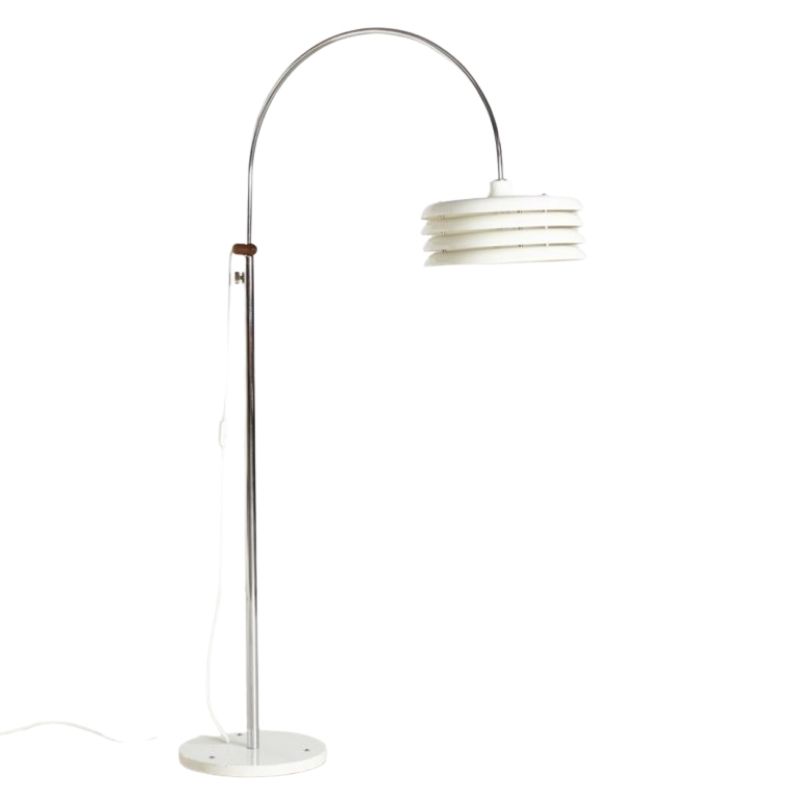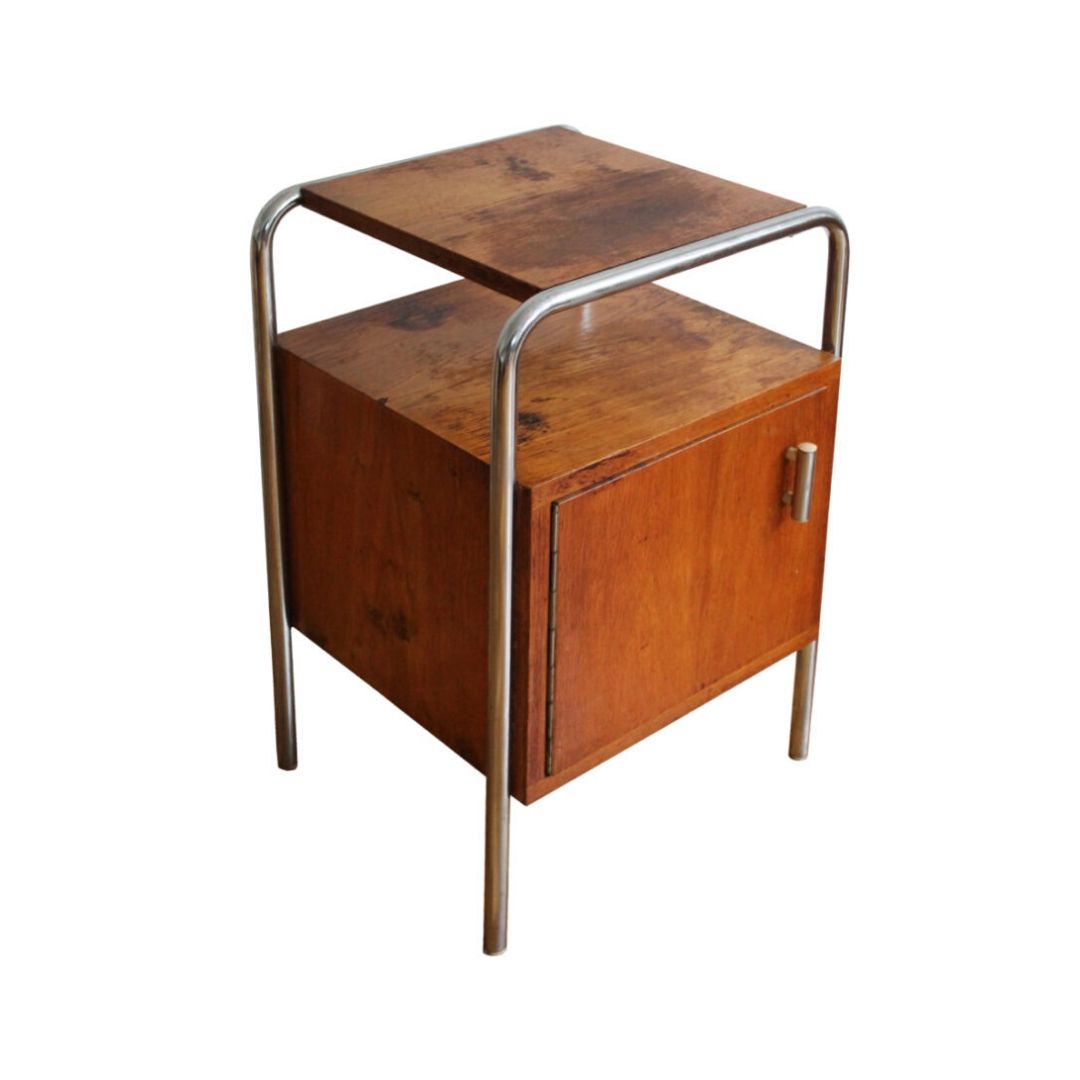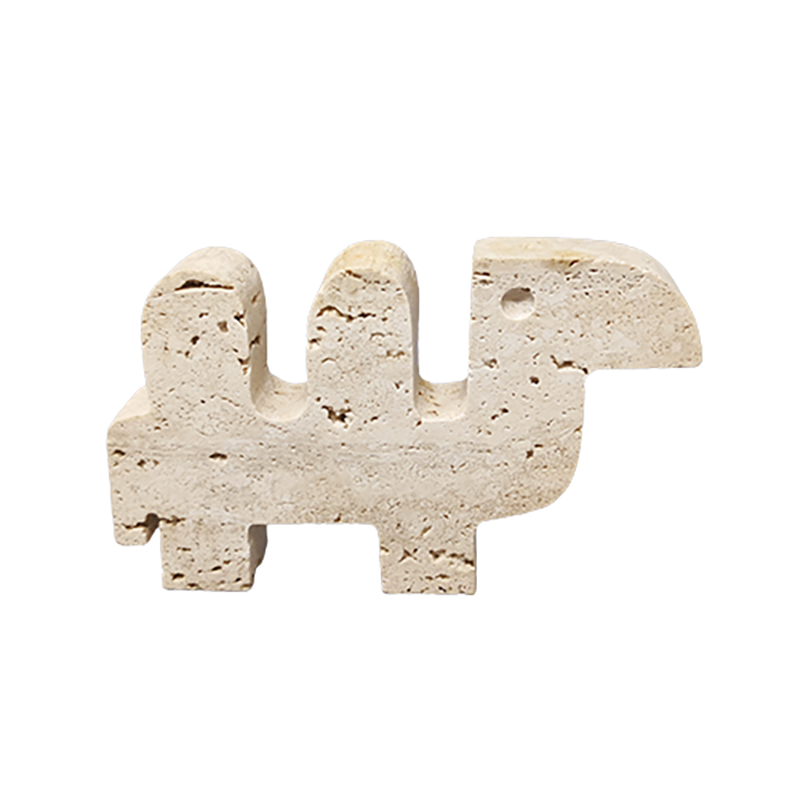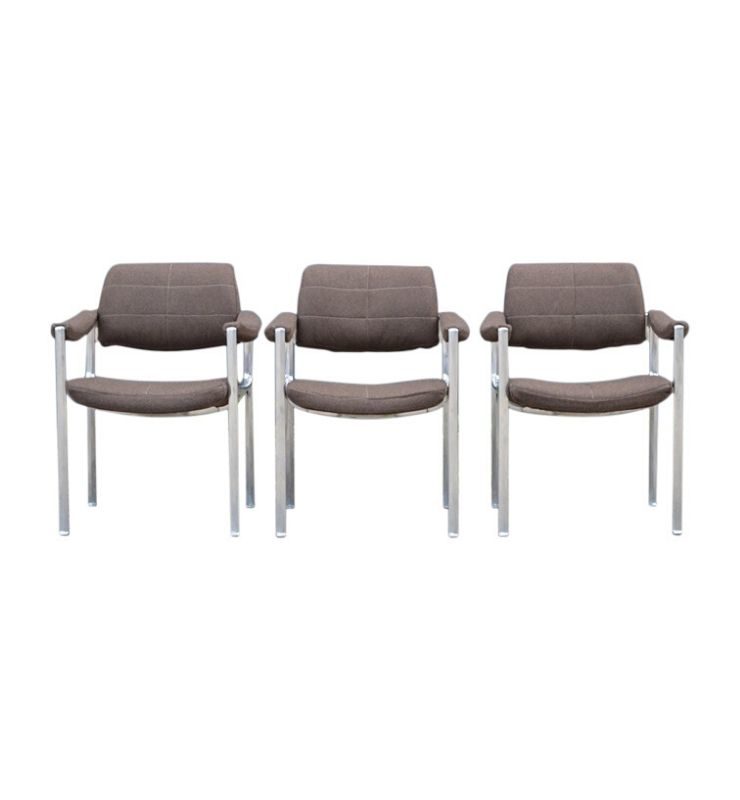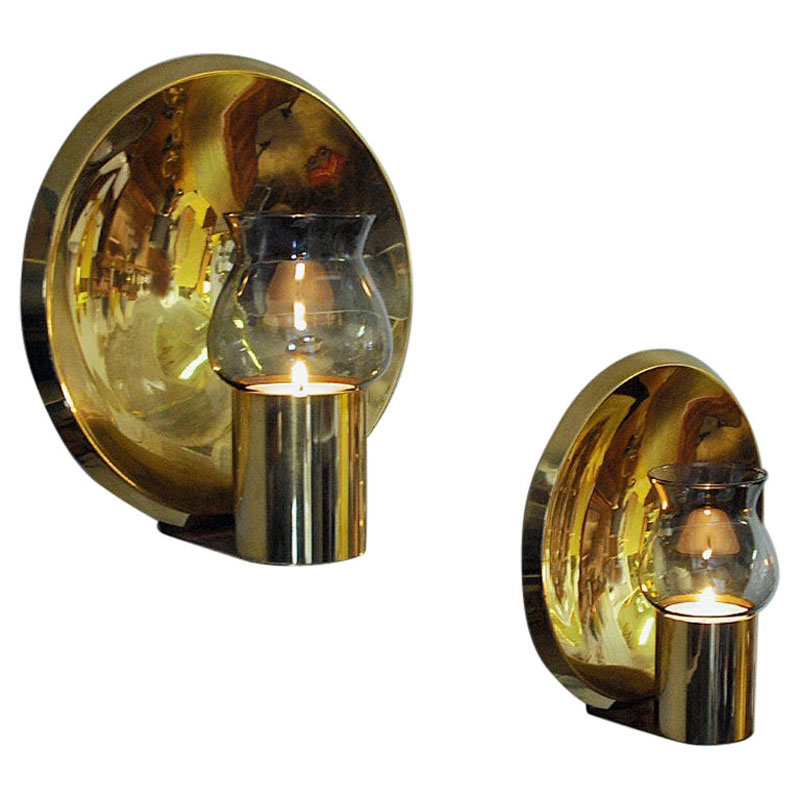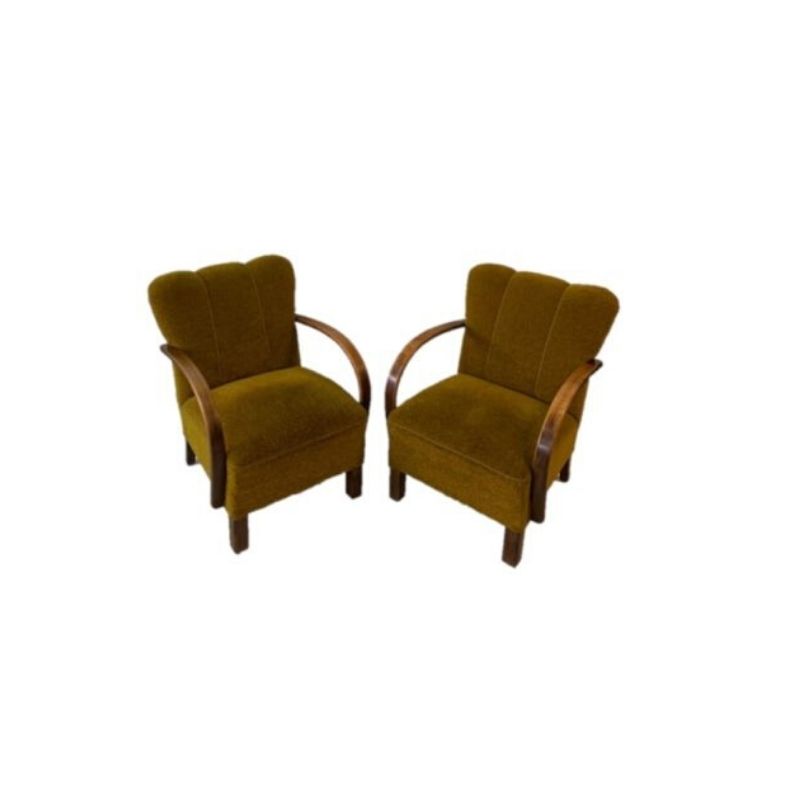was just wondering. i just...
was just wondering. i just found a step-end table in great condition and am using it now. i like it a lot, even though i have never set out to purchase heywood wakefield. in general, i have considered them to be a little retro for my taste, but as it turns out like many other things, it is nice in small doses.
Any
set of details that are appropriate to the material and its fabrication, used consistently and with restraint, can result in a satisfactory object. Heywood Wakefield might have been the native version of Danish; it's Dreyfuss or Kagan without the drama, with sufficient personality to avoid being bland. It might have been exotic to some Americans when new; to the European eye it may have been essentially American. A masculine idiom rendered with feminine softness. . .? A generic Modern ?
funny that you should say....
funny that you should say. it has always seemed american 'danish' to me. there is something about it though, that is very american. can't put my finger on it. perhaps the wood choices/finish? i have always thought of danish as using more walnut rather than blonde woods, even though there are certainly danish designs that employ the use of birch, maple, etc..
perhaps another reason heywood has always seemed slightly less highbrow than the other more case study type companies is that i have never known them to use a designer as a product, such as HM or Knoll. This could be false, being that I don't know the company as well as some others.
that being said the table is...
that being said the table is very satisfactory to me and fits in with my other classic modern pieces better than i thought. i have always viewed the whole 2-tier step table design in general to be overly dated/retro/etc. but in my hunt for a table high enough to hold a table lamp to a sufficient height for reading, and low enough for cocktails etc. this design seems to work best. funny how the concept has not been revisted by contemporary design with a fresh eye.
HW
Between the 30's and the 50's they used a number of fairly well known designers on short term contracts. In the 30's Gilbert Rohde and Russell wright among others. In the 60's/70's they jumped on the danish bandwagon with in-house designers but never produced anything better than pleasant
In the 30's to 50's they did some very successfull modern groups in a very American blonde wood vernacular It's a period I'm quite fond of. Here is a corner table from 1940 with a 1952 Kroehler sectional.
I have a pair of stepped HW end tables...
I mentioned them in a thread half a year or so ago. What attracted me to them was likely what would repell many. They were made during WWII in a faux bamboo style. During that war, bamboo for furniture (I can't recall the proper name for this style of furniture right now...wicker maybe) supposedly fell into the hands of the enemies and so HW decided to simulate a substitute. It used its traditional blonde woods and milled the wood to look like bamboo. HW even went to the effort of simulating some wrapping at the joints. These stepped end tables are about a thousand percent more beautiful, durable and substantial than any wicker equivalent, if you like HW's traditional blonde woodwork, which I do. And they act as a subtle reminder to me, especially at this often nostalgic time of year, of my now dead father's 4 year sacrifice overseas before I was born. I suspect alot of these faux wicker pieces made it into sunrooms all over the southeast in those years.
They represent a kind of unpretentious American resourcefulness to me. HW intentionally did not try to fake you into thinking it was wicker. It is milled to look a bit like wicker and in fact is much better quality than wicker. There is an honesty and integrity and humility to this approach that I like and that I associate to America before it became first sugar daddy and then coercer of the world.
Alas, no one but me wants this old wicker simulation HW stuff. It often never draws a bid on Ebay. From a very narrow design standpoint, I suppose it is wanting. But there is something quintessentially American about it...and in a good way. It came from a time when we didn't have to originate everything, when the gulf between the best and worst was bridged by good quality (if humbly design) for the tastes of the middle. In a way it was the antithesis of elitist and/or fascist form languages that pervade so much of products Americans consume today. American military uniforms of the time were indicative of what I am referring to, also. They looked utterly contemporary, utterly functional and far more democratic than the tin soldier outfits of Germany and Japan, and the colonial look of English uniforms. American uniforms and combat fatigues just looked more functional and less pretentious. HW furniture designs, though certainly not the best in terms of a designer look, do offer a wonderful mix of incredible quality with lack of pretense and ego that is something worth recalling in this time of preening design aimed mostly at commanding eyes in a box store.
If I had an old beach house in the Carolinas or the Keys dating to the mid 20th Century, I would want at least one room done with it. But I am sometimes idiosyncratic (emotion bereft of taste?) about nostalgia, when I am not praising modernist design.
I love Ashcraft
I love this stuff, it's called Ashcraft.
If I had the florida room I'd absolutely have some.
The link has some info on it for you.
http://www.springdalefurnishings.com/florida_room/springdale_florida_rm....
"found object"
I found this M 166G, behind some trash cans, while riding my little fold up bike. The trip home was a Herculean task but well worth it. The legs remind me of a Calder Stabile sculpture and the gate leg design allows it to fold from a decent sized table to compact console. The finish is fried which leaves me with the old delema, do I refinish with the original cheap hussy two tone or can I ignore my responsability as steward of a good piece which hasn't been made in over fifty years. My "Haywood-Wakefield Modern Furniture" book says that all modern H-W, with the exception of "Streamline Maple", is made of birch. That explains the pigmented stains, Birch is lifeless.

Refinish
You can make a facsimile of the original lacquer finish with a mix of a good varnish and artist oil paints (grumbacher flesh for champagne) , with some thinner to make it rub inable. The result is indistinguishable from the old colored lacquers but tough as a good modern varnish, you never need a coaster.
If you need any help, please contact us at – info@designaddict.com



